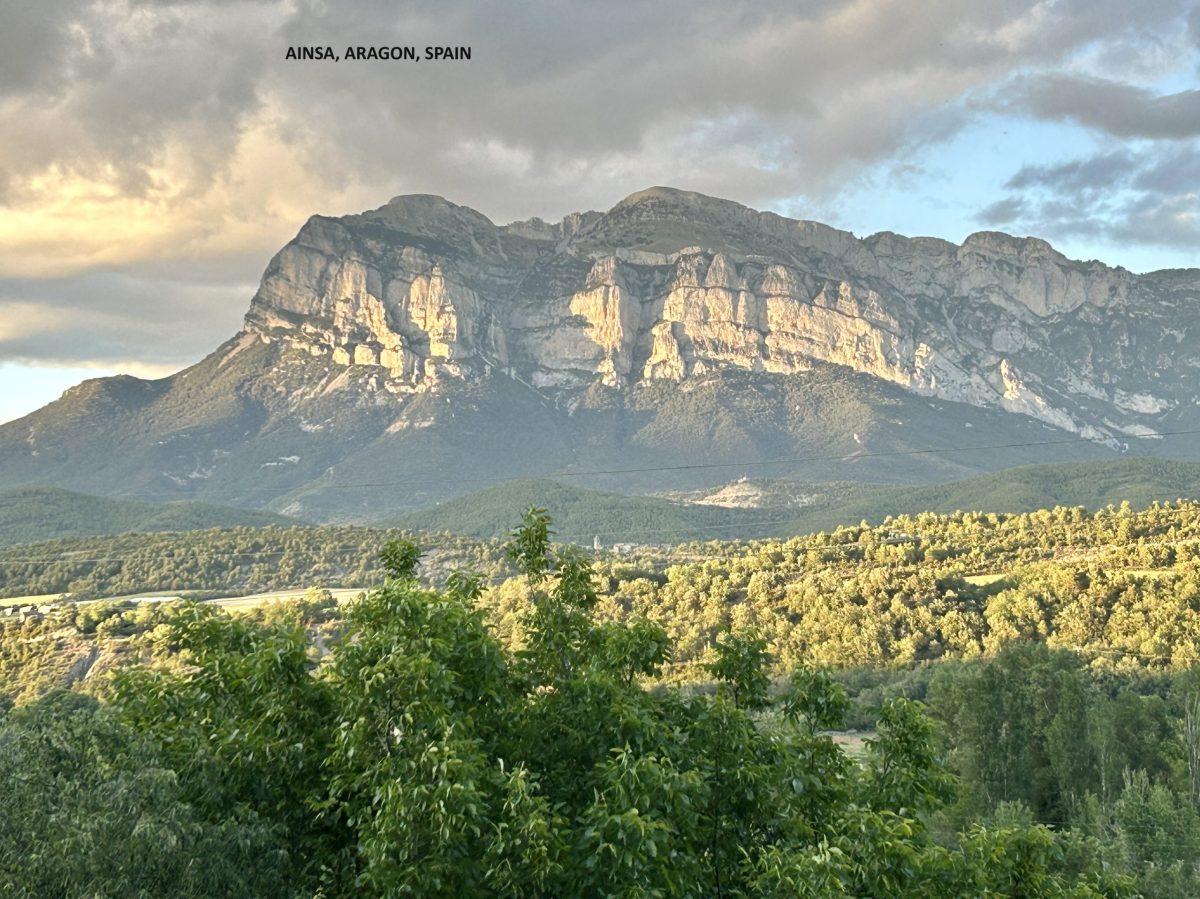We were on our way from Merville Franceville to Jumieges and paused at the tiny village (some 200 inhabitants) of Beuvron en Auge. I’d been looking at a list of the plus beaux villages de France and noticed that Beuvron en Auge was on the way to Jumieges and just a few miles from Merville Franceville. Given the village’s history and beauty it had to be worth a stop.
Beuvron en Auge is part of the former fiefdom of the renowned Harcourt family. Some of the family accompanied William the Conqueror across the English Channel and after the Battle of Hastings in 1066 received grants of land and titles in England. The majority remained in France (at Beuvron in the Calvados Department and Olonde in the Manche Department) and they became an established formed part of the French nobility but; links between the two branches of the family stayed very much alive; as is demonstrated by the fact that in 1346 John IV of Harcourt, loyal to the King of France, was killed fighting the English at the Battle of Crecy where his brother Geoffrey of Harcourt was Marshall of England and one of the leaders of the victorious English army.
There is little left in Beuvron of the Harcourt family these days. Indeed all that remains of Castle Harcourt is a small mound on which it once stood. However, the remainder of the village is brimming with character and fully deserving of it’s ‘plus beau village de France’ status. There are a couple of buildings in a village which stand out amongst all the others. The first is a large 15th century half timbered Manor House located on the corner of the Avenua de la Gare and the Rue des Haras
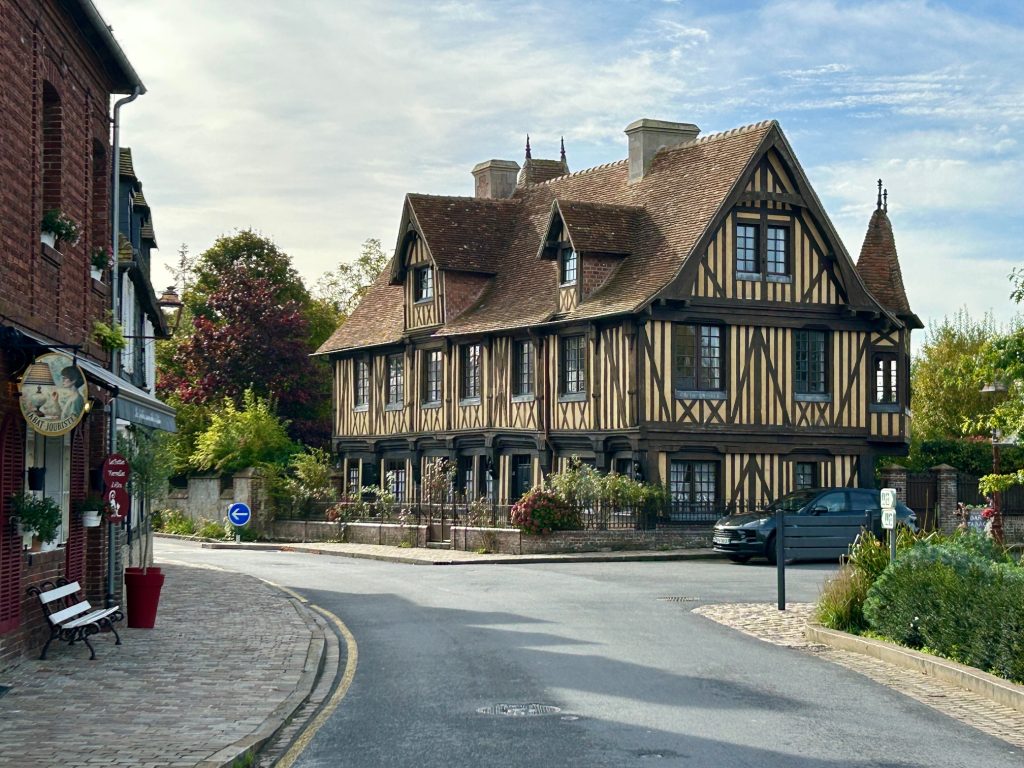
The other is the covered market hall at the centre of the village which fits in so well with the 16th and 17th century half timbered houses surrounding it. This particular building was erected in 1975 and there is quite a story behind it.
The original 19th century covered market was unsafe and demolished in 1958. The railway station followed in 1964 and with that came a marked decline in the village’s population as residents were forced to leave in search of employment. The age profile at the time was such that a further significant decline in population was inevitable (and this has proved to be the case) but; there are signs now that the decline has been arrested and this is largely due to the efforts of Michel Vermughen who was Mayor of Beuvron between 1971 and 1996. He took action to ensure the future prosperity of the village by means of, amongst other things, some very effective town planning.
A new motorway being built some way to the north of the village (the A13) further threatened the village but, perhaps with his eye on tourism, the Mayor appealed to the State and various local authorities for assistance in revitalising the ailing village. He sought to regenerate, improve and better promote the already attractive Norman village by (a) restoring the facades of the villages’ many typically Norman half timbered buildings (and to this end enlisted the support of a student specialising in civil architecture and Norman heritage, Yves Lescrouard, to work with the community on restoring the many dilapidated buildings) and (b) sympathetically regenerating the village centre with a ‘new’ covered market hall using traditional building methods and materials (particularly from old barns being pulled down because they were in the path of the new motorway). In this latter regard some 75,000 roof tiles were removed from a ruined barn in Beuzeville to cover the new market. Such initiatives helped transform the village into the best example of a typical Norman village as could be found in the Calvados Department and it become one the first communes in France to secure ‘plus beau village de France’ status.
Beuvron en Auge has been transformed into a most picturesque village and on a fine sunny day I cannot imagine a more perfect place than the village centre to simply sit and chill with a cream coffee or a glass of the local dry cider (or even a calvados for that matter) but, it doesn’t end there. Peaceful as the village may be, there’s a pleasant buzz about the place, a freshness and vitality. It comes, I suspect, as a result of the village being rebuilt and having a future, no matter that it is through tourism.
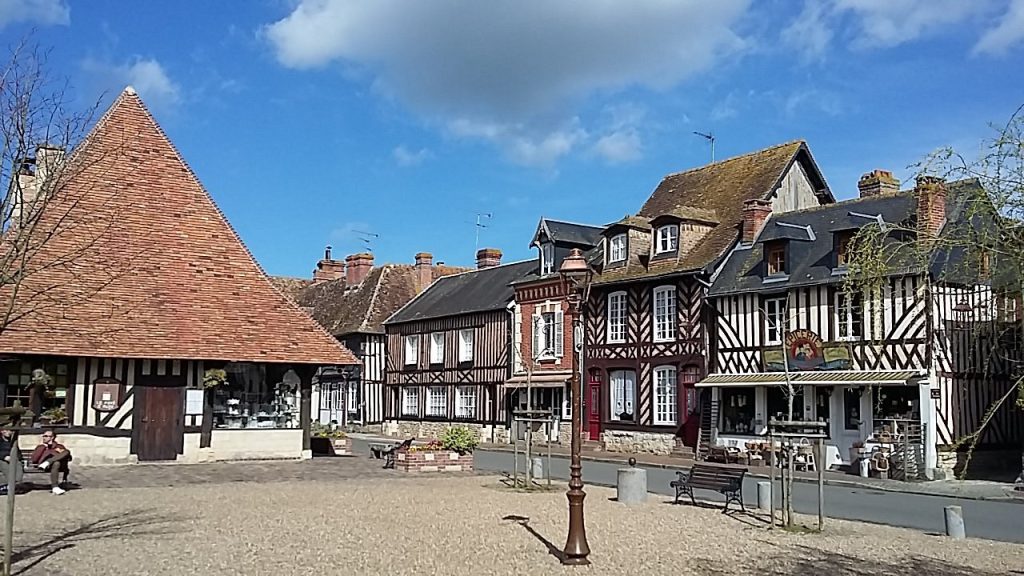
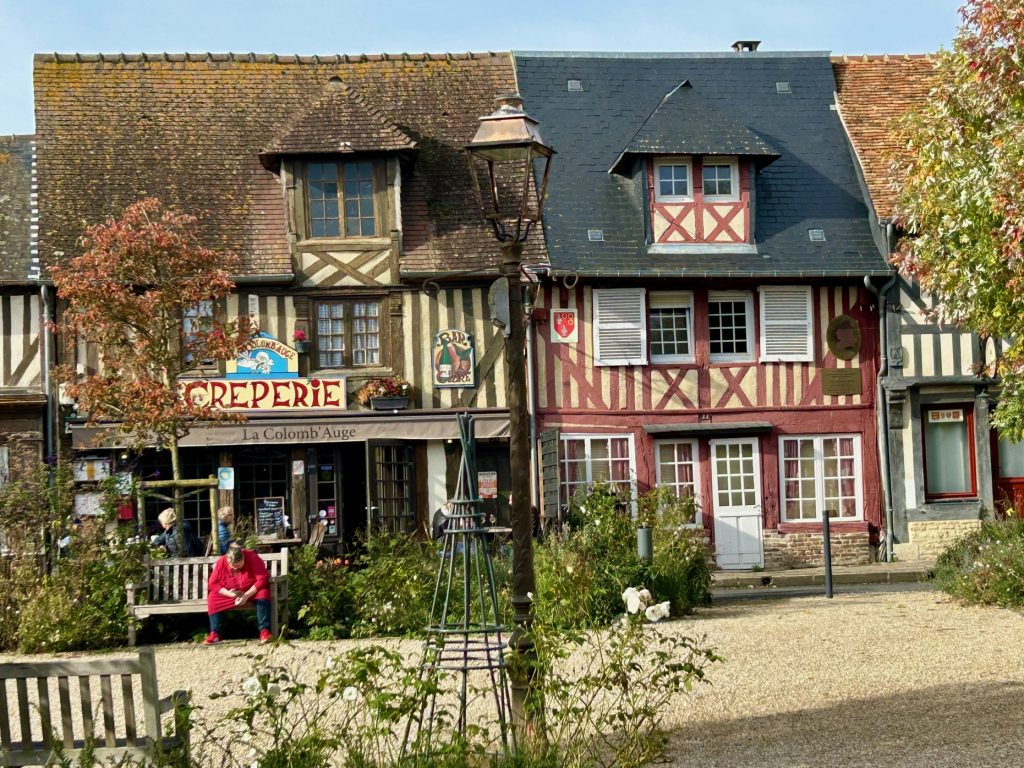
No surprise that Place de La Halle in the village centre was subsequently renamed Place Michel Vermughen and a plaque carrying his motto “renover dans la tradition” (renovate in tradition) was struck to commemorate the vision and energy of the former mayor. What an example Vermughen sets for Brighton and all those other bungling councils across Britain.
I mentioned previously that just 200 people live in the village now but that number includes the world famous artist David Hockney and his partner. It is perhaps fitting therefore that I finish this entry with a copy of a painting of his which I believe is from his “The Arrival of Spring”. I very much like it.
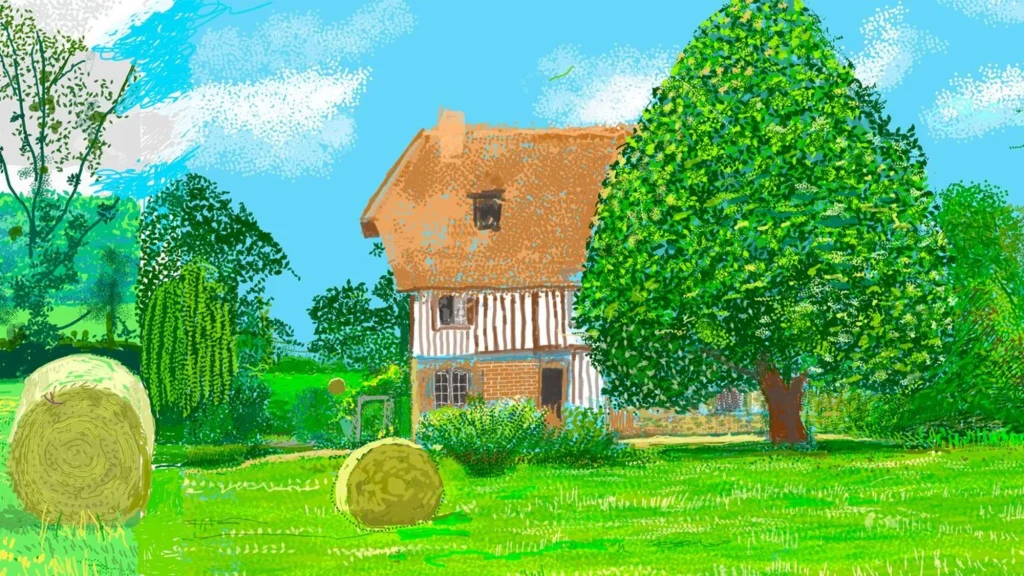
On to Jumieges…

